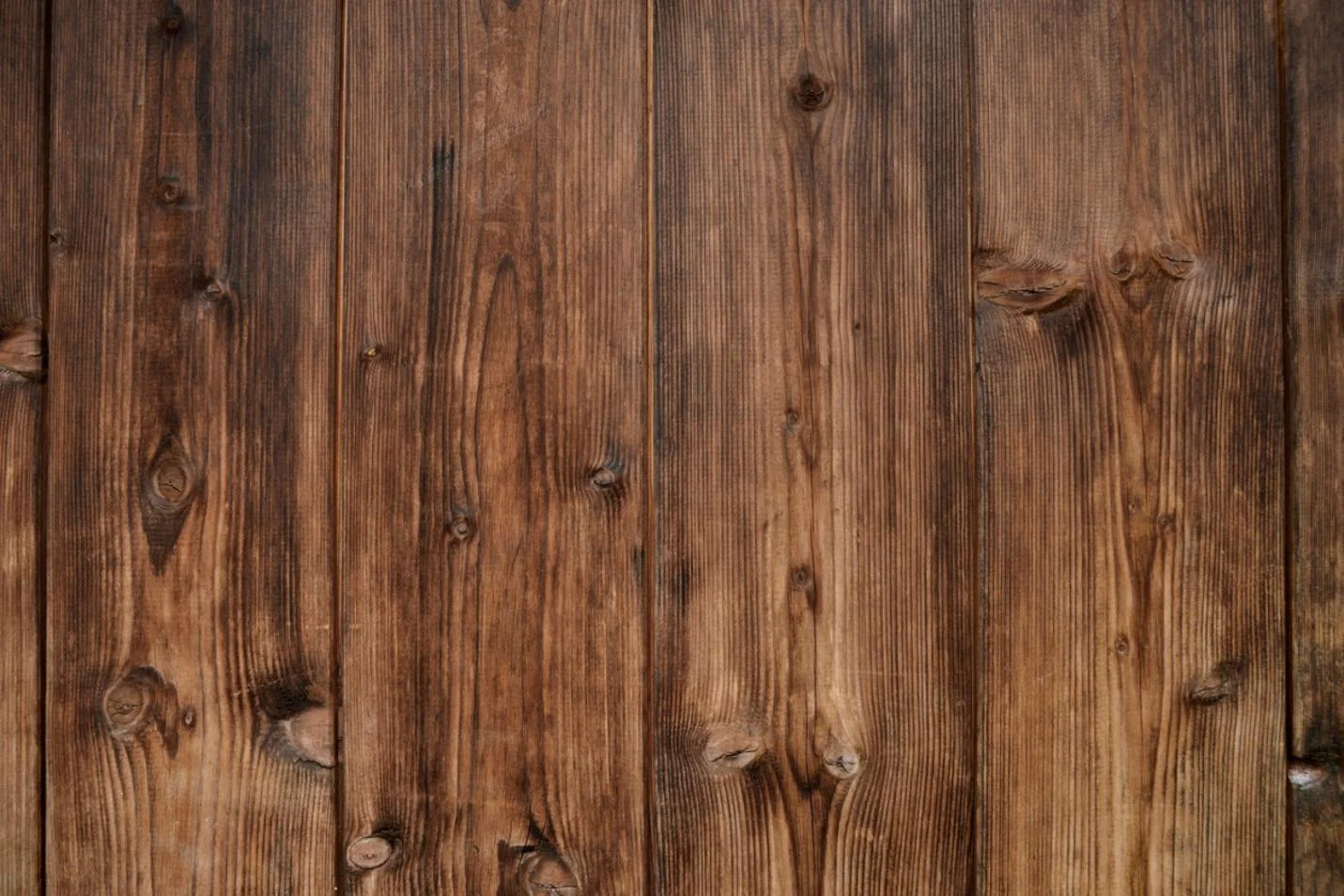ডিসে. . 15, 2024 15:01 Back to list
Essential Guidelines for Choosing Safe Flooring in Commercial Kitchens
The Importance of Safety Flooring in Commercial Kitchens
In the bustling environment of a commercial kitchen, safety is paramount. With a high volume of foot traffic, the constant movement of equipment, and the potential for spills, the flooring material chosen for these spaces plays a crucial role in ensuring the safety of kitchen staff. This article explores the importance of safety flooring in commercial kitchens, the various types available, and the best practices for maintaining a safe kitchen environment.
Why Safety Flooring Matters
A safe kitchen floor reduces the risk of slips, trips, and falls, which are among the most common causes of workplace injuries in food service establishments. According to the National Safety Council, slip and fall incidents account for a significant number of injuries in the workplace, often resulting in lost time and increased insurance costs. Commercial kitchens are particularly prone to these incidents due to wet surfaces, grease, and the fast-paced nature of the work environment. Implementing the right flooring can greatly minimize these risks and create a safer workplace.
Characteristics of Effective Safety Flooring
When selecting flooring for a commercial kitchen, several key characteristics are essential
1. Slip Resistance The most critical attribute of safety flooring is its slip resistance. Textured surfaces can provide the necessary grip, helping to prevent slips and falls. Materials that meet the standards set by organizations such as the Americans with Disabilities Act (ADA) are ideal.
2. Water Resistance Given the frequent spills and splashes in kitchens, the flooring must be water-resistant. This prevents the accumulation of moisture, which can lead to bacterial growth and compromise food safety. Non-porous materials are preferred as they can be easily cleaned and sanitized.
3. Durability Commercial kitchen floors undergo constant wear and tear from both foot traffic and equipment. Therefore, flooring should be made of durable materials that can withstand impacts and heavy loads without showing signs of damage.
4. Easy to Clean Hygiene is crucial in a commercial kitchen. The chosen flooring should be easy to clean and maintain to prevent the buildup of dirt, grease, and food particles. Flooring that can be quickly sanitized helps maintain a safe and healthy kitchen environment.
5. Comfort Kitchen staff spend long hours on their feet, so the flooring should provide some level of comfort. Softer materials can help reduce fatigue and discomfort, which can contribute to a higher level of productivity.
commercial kitchen safety flooring

Popular Types of Safety Flooring
There are various flooring options available for commercial kitchens, each with its benefits and drawbacks
1. Vinyl Flooring Vinyl is a popular choice due to its slip-resistant surfaces and ease of cleaning. It is available in many styles and colors, allowing for aesthetic versatility. Moreover, vinyl flooring is water-resistant, making it suitable for a kitchen environment.
2. Rubber Flooring Rubber provides excellent slip resistance and is often used in commercial kitchens. It is resilient under heavy foot traffic and is also comfortable to stand on. Rubber flooring is easy to clean and maintain, making it a practical choice for busy kitchens.
3. Concrete Flooring While less forgiving in terms of comfort, concrete can be treated with slip-resistant coatings to enhance safety. It is incredibly durable and can withstand the rigors of a commercial kitchen. Proper sealing is essential to prevent moisture penetration.
4. Tile Flooring Non-porous ceramic or porcelain tiles can provide excellent slip resistance and are easy to clean. However, they can be harder and less comfortable than rubber or vinyl flooring.
Maintenance and Safety Practices
To ensure the flooring remains safe and effective, regular maintenance is essential. Here are some best practices
- Regular Cleaning Implement a frequent cleaning schedule to remove spills, grease, and dirt. Use appropriate cleaning agents that do not damage the flooring material. - Inspection Routinely inspect the flooring for any signs of wear, damage, or slip hazards. Address issues as soon as they are identified.
- Staff Training Train kitchen staff on the importance of maintaining a clean workspace and reporting hazards. Educating employees about safe practices can significantly reduce the risk of accidents.
In conclusion, the flooring in a commercial kitchen is more than just a surface to walk on; it is a critical component of kitchen safety. By selecting high-quality, slip-resistant, and easy-to-clean flooring, coupled with regular maintenance and proper training, restaurants can create a safer working environment that promotes both employee well-being and food safety. Investing in the right flooring is not only a smart business decision but also a commitment to protecting one of the most valuable assets — the people who work in the kitchen.
-
Premium Maple Flooring Solutions for Homes & Gyms
NewsJul.28,2025
-
Premium Outdoor Court Tiles for Durable Sports Surfaces
NewsJul.27,2025
-
Premium Sport Court Tiles for Multi-Purpose Courts & Outdoor Use
NewsJul.26,2025
-
Multi Purpose Court Surface for Versatile Sports Use | Durable Tiles
NewsJul.25,2025
-
Durable Sport Court Tiles for Multi-Purpose Courts & Outdoor Use
NewsJul.24,2025
-
Durable Multi Sport Court Tiles for Indoor & Outdoor Use
NewsJul.23,2025

